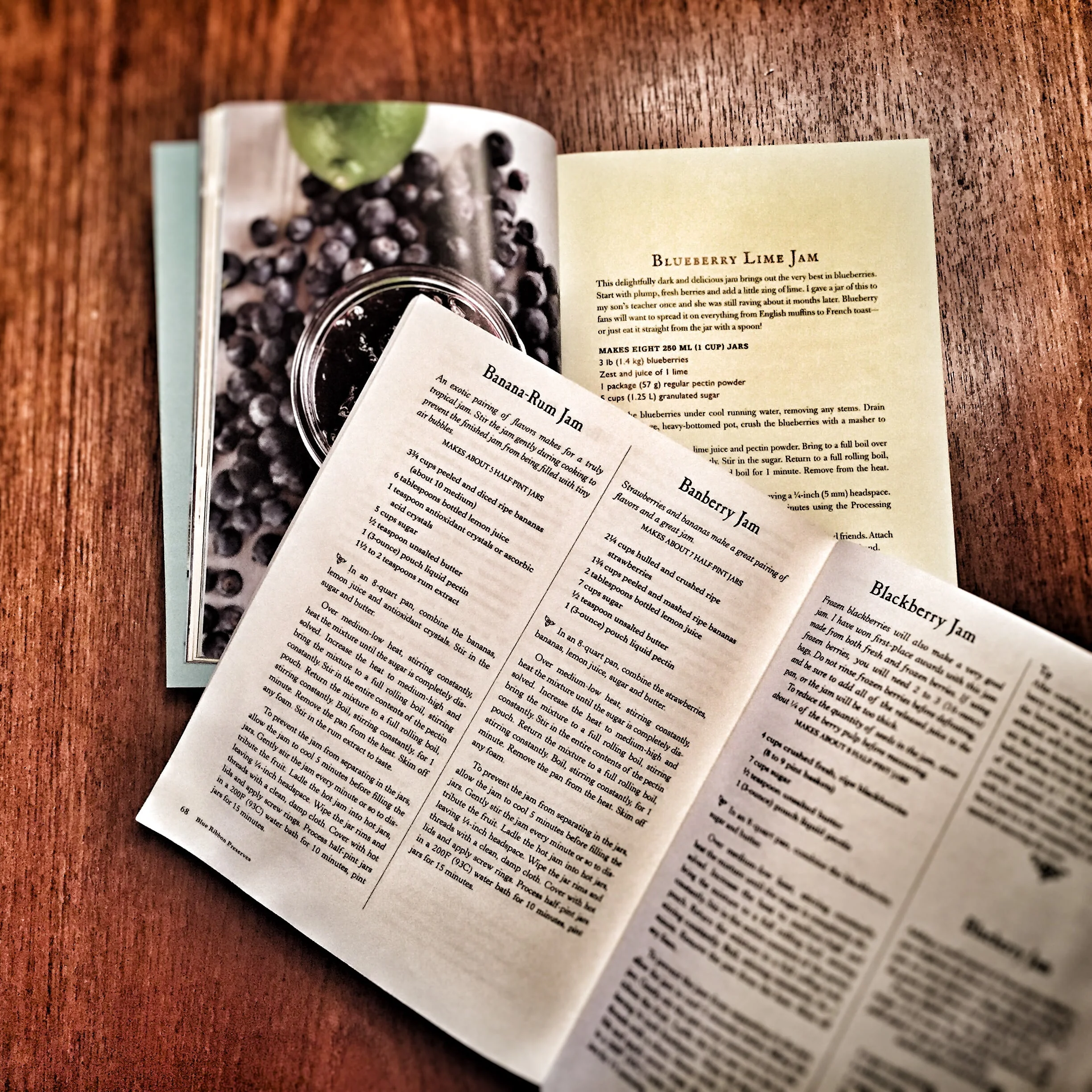Understanding preserving recipes for the best results

Have you ever decided that you are going to try a new preserving recipe and even after you follow the instructions closely, when you open that jar to test the results you find a runny jelly or a rock hard jam? It's disappointing - no two ways about it. Not only did you spend money on the ingredients but you took the time to set everything up and the results are less than perfect.
There are parts of a recipe that you need to pay close attention to and if you are new to preserving, you might now know it. Here are a few things you should pay close attention to in a recipe for consistent and delicious results.
Non-Reactive Pot or Pan - A lot of recipes start off by telling you the size of pan or pot you require and it will sometimes state non-reactive. It is important to use the size of pan asked for in the recipe because this determines how quickly the contents will come to a boil and how much of the liquid will evaporate. Both of these things are important if you want to achieve the desired 'set'.
Non-reactive is important because the natural acids in the fruits and vinegars used in preserving can react chemically with aluminum or galvanized metals and have dangerous results.
Stirring constantly, versus stirring frequently or regularly - Preserving recipes will often state that the jam should be stirred constantly, frequently or regularly. When it says to stir constantly, if you fail to do this your jam or jelly can come up to a full boil too quickly and not enough of the liquid will have evaporated. This will lead to a jam with a very loose set or a jelly that does not set at all.
Powdered versus liquid pectin - these are not interchangeable. If a recipe calls for powdered pectin do not substitute it for liquid. Powdered pectin goes into a recipe right at the start and liquid closer to the end. They each react differently with the ingredients and substituting one for the other will lead to undesired results. It's also always good practice to check the expiry date on your pectin before using it.
A rolling boil - when a recipe tell you to bring something up to a rolling boil, remain patient and don't stop until you have achieved this boil. A rolling boil has been achieved when you stir the jam/jelly and the boiling does not stop. This is to ensure you are getting the product up to the temperature required to achieve set. If you stop before it achieves the rolling boil you are going to have inadequate temperatures for set.
Most recipes also ask that you maintain the finishing rolling boil for 1 minute. This is the appropriate amount of time for the pectin to begin to work. Boiling for less time may leave you with a soft set and over boiling can lead to a very hard set.
Skim off foam - You always want to skim off any foam that might appear on the surface of your jam or jelly. This foam is just trapped oxygen being released from the fruit and if you stir it back into the product, you are simply stirring oxygen into an environment where our goal is to be oxygen free. It's a simple step and it will increase the shelf life of your jam.
Headspace - Why do you have to leave a 1/4" headspace? If you leave more headspace, the contents of the jar may not expand enough to push any trapped oxygen out of the jar and you will have jars that do not properly seal. If you leave to little headspace, the contents may expand so much that they expand right out of the jar and into the water bath itself. This may lead to jars not properly sealing as well.
Hopefully these few pointers will help you achieve a perfect jam the next time you try out a new recipe.
